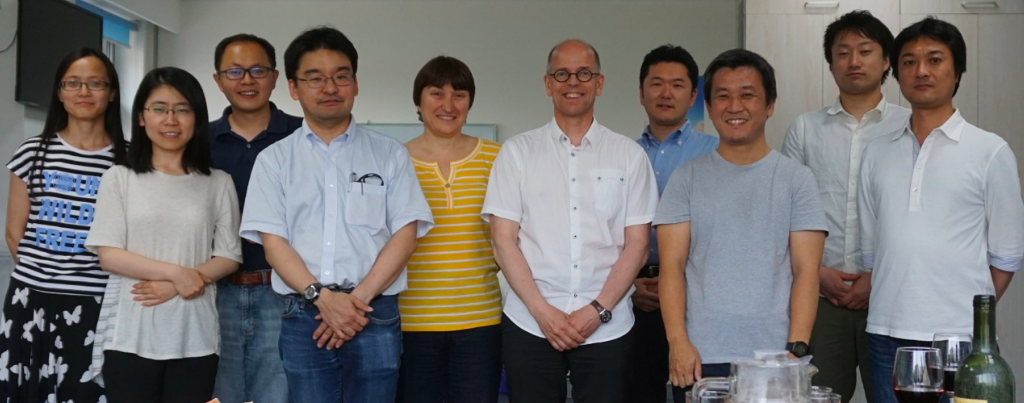OVERVIEW
The first meeting was held in May/June 2016 to obtain improved understandings of the characteristics of the precipitating PsA electrons and the frequency spectrum of the chorus waves. Members from the ground-observations presented the results on the high-speed images of the PsA and identify the typical frequency of the modulations. Members from the magnetospheric observations showed the typical frequency spectrum of the chorus waves as well as the plasma/particle environment in the source region of PsA (thermal plasma density, electron energy spectra, electron pitch angle distribution etc). The plasma environment of the PsA source region at the magnetosphere is also investigated by the comprehensive inner magnetosphere simulation RAM, which should be compared with the observations.

A computer simulation using the magnetospheric data as initial conditions will identify whether typical chorus wave characteristics can explain the internal modulation of the PsA as well as the energy spectrum of the precipitating electrons. Using the estimated precipitation flux, we will investigate the chemical consequences of the atmospheric forcing by the precipitating high energy electrons during pulsating aurora, using the Sodankyla Ion Chemistry (SIC) model, which is a detailed coupled model of neutral and ion chemistry of the middle and upper atmosphere. By integrating these results, we will discuss a plan of coordinated observations of PsA in the winter season of 2015, including the conjugate observations between the Van Allen Probes /upcoming ERG satellite and the conjugate ground observations.

A computer simulation using the magnetospheric data as initial conditions will identify whether typical chorus wave characteristics can explain the internal modulation of the PsA as well as the energy spectrum of the precipitating electrons. Using the estimated precipitation flux, we will investigate the chemical consequences of the atmospheric forcing by the precipitating high energy electrons during pulsating aurora, using the Sodankyla Ion Chemistry (SIC) model, which is a detailed coupled model of neutral and ion chemistry of the middle and upper atmosphere. By integrating these results, we will discuss a plan of coordinated observations of PsA in the winter season of 2015, including the conjugate observations between the Van Allen Probes /upcoming ERG satellite and the conjugate ground observations.
PROGRAMME

